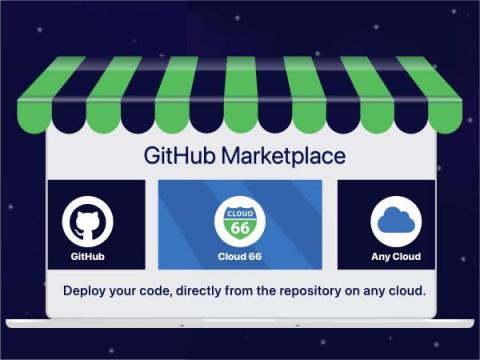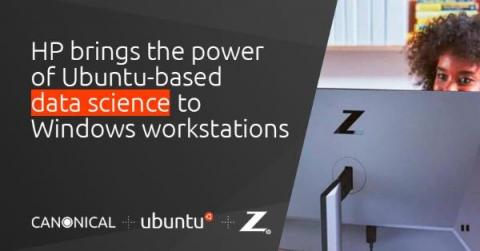Cloud 66 is now available on GitHub Marketplace
We are happy to announce that we launched Cloud 66 on the GitHub Marketplace. Our presence on GitHub Marketplace allows developers to deploy their code directly from their repository to their own servers on any cloud in minutes.










